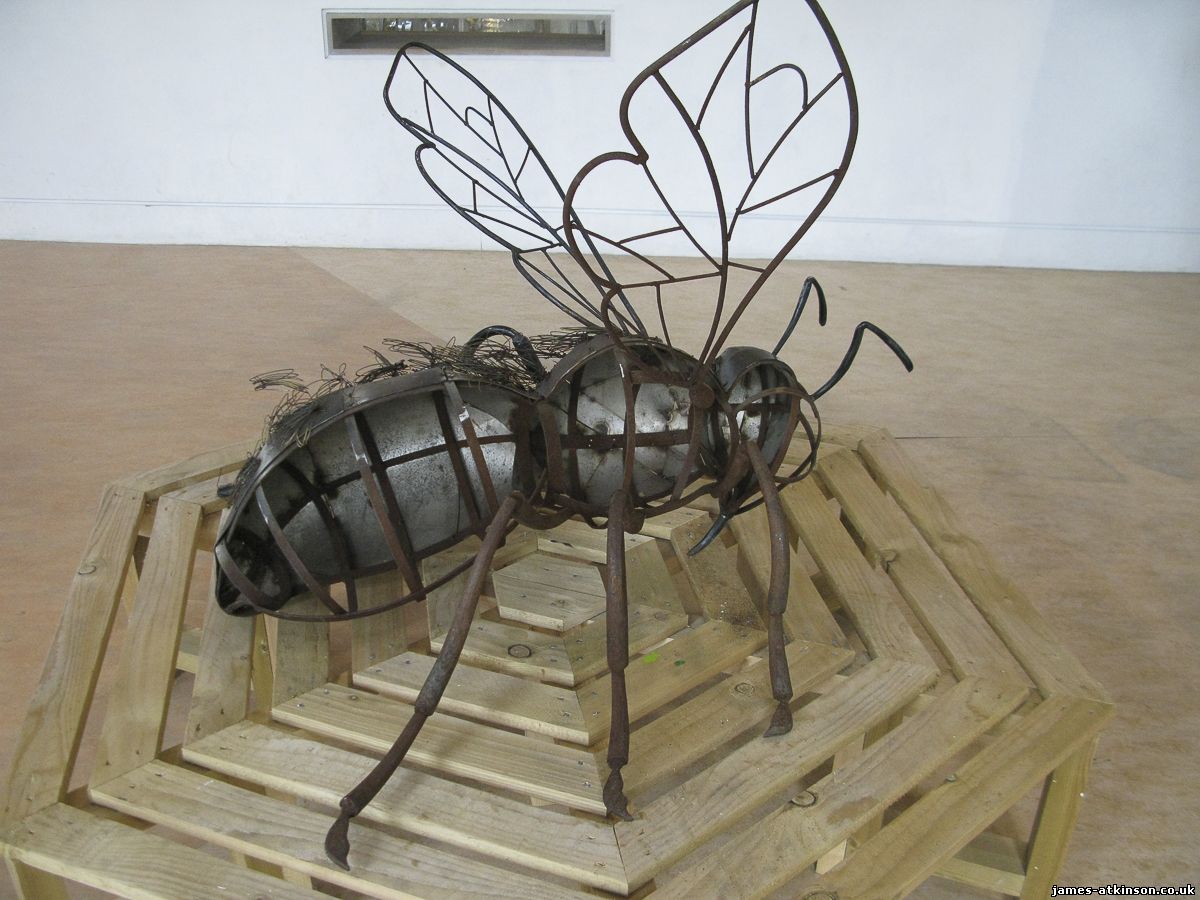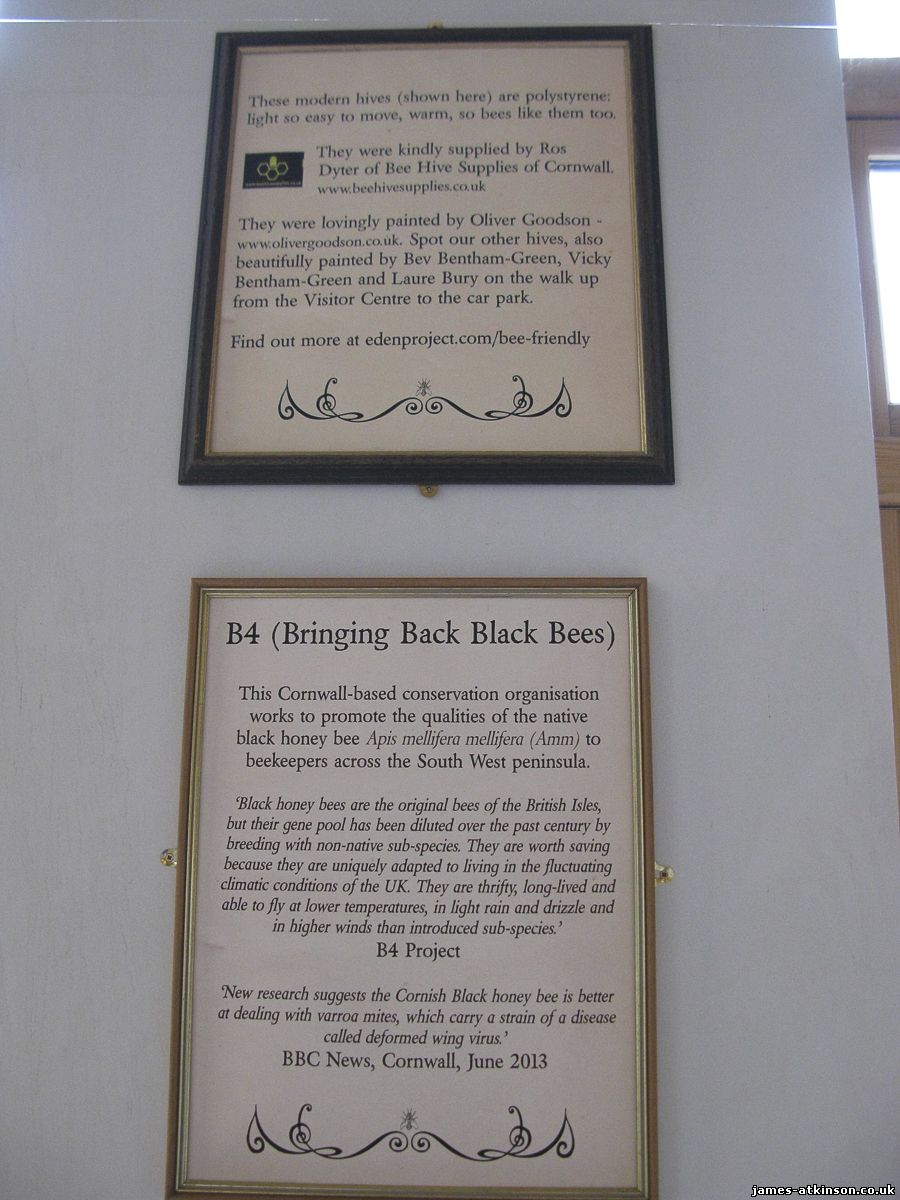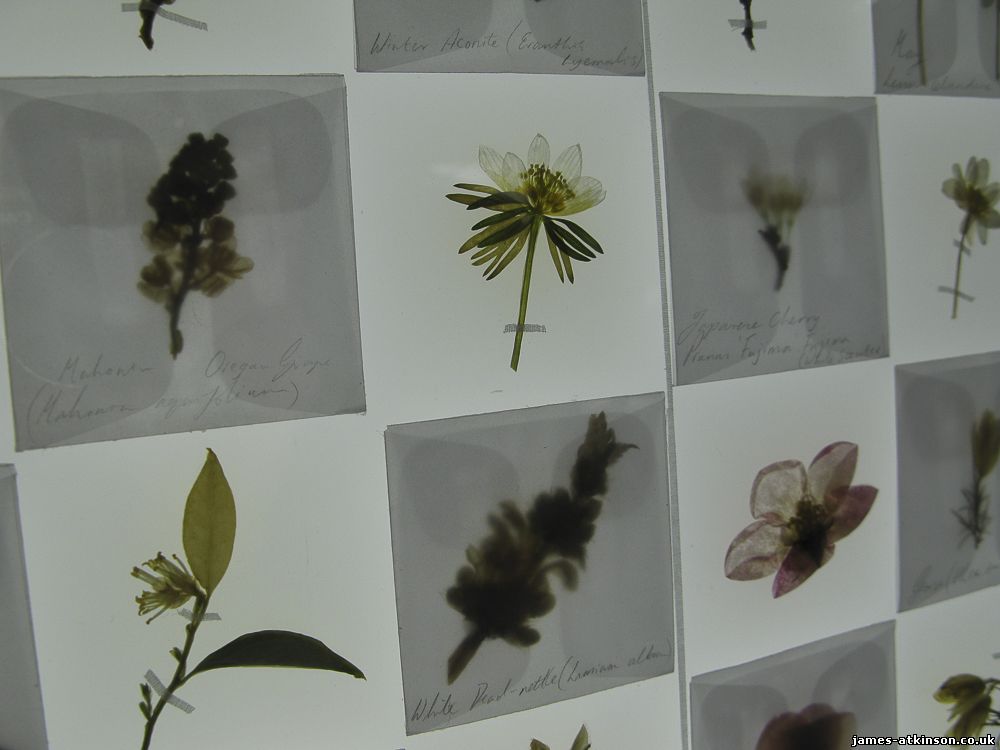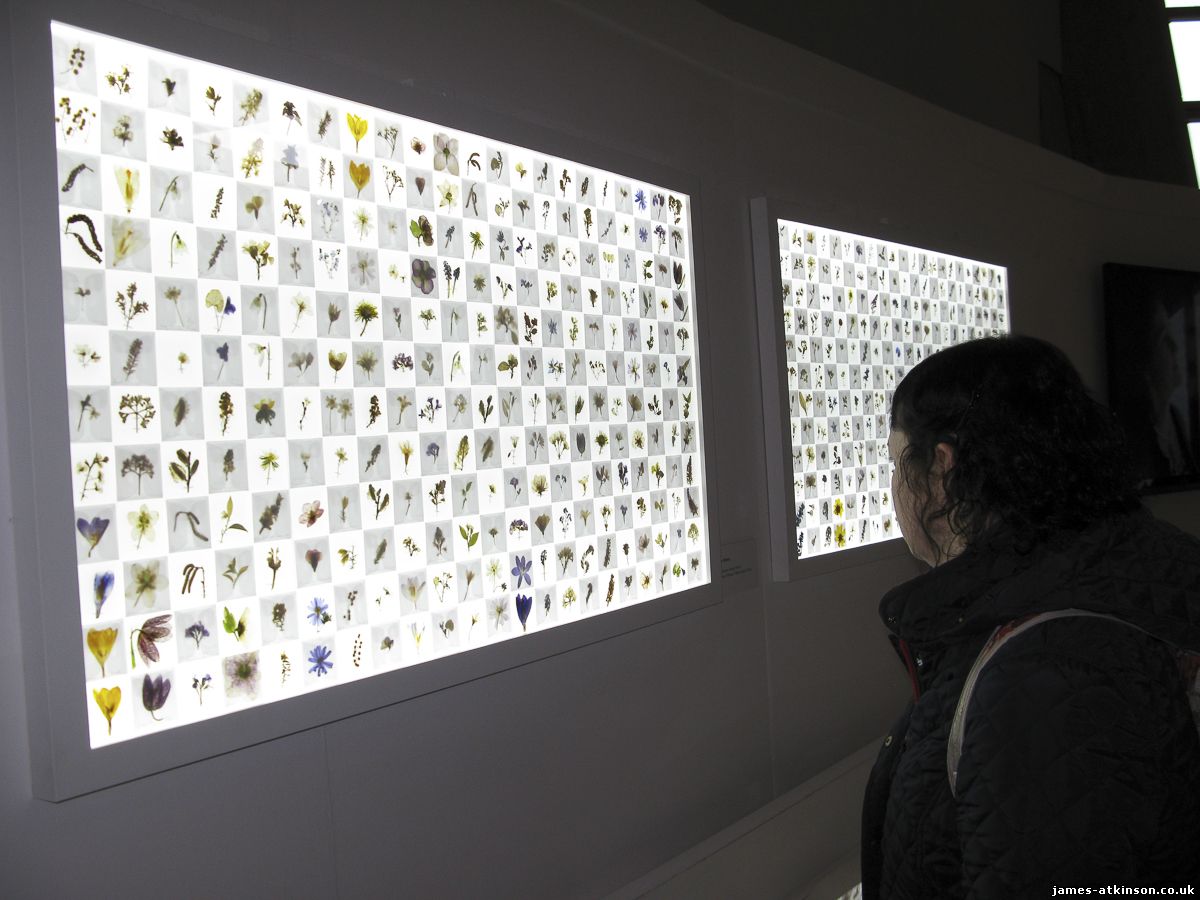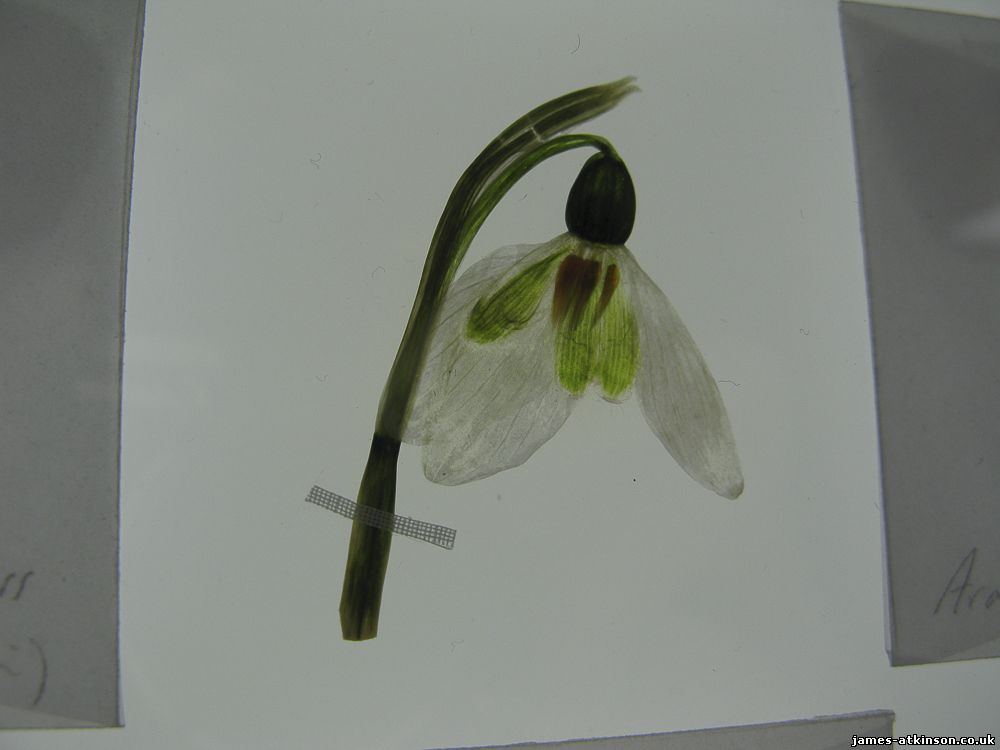8:35 PM Lets get started on our latest challenge! |
| Julia and I have different interests in many respects but it is the individuality that keeps us so close. I like guitars, loud and heavy music, Nasa, ESA and science whereas Julia loves making artistic pieces, sewing, gardening and very easy listening music! In the past year we have wanted to join forces on a project that hopefully we can make successful. That is my interest in wanting to be a beekeeper and Julia’s love of growing vegetables. A decision was made and we are about to embark on this journey. A patch of land has been designated from my parent’s unused field and now we are waiting for the fencer to come and do a good job and then all will be go. Julia has an idea what she wants to do. I, on the other hand, need to learn a bit more regarding bees. We are certainly not going in blind, as Julia is quite an authority on growing. The patch we have chosen is large though and will be a true challenge.  The patch before we start  The view from where the allotment will be  Where the bees will be kept, behind a windbreak I have included some photographs of the location we have chosen. It certainly gets enough sun and is quite exposed which Julia has told me is perfect for what she will plant. There will be an area dedicated to the beehives with screening to protect them from the worst of the wind. I have also tried to get on a long summer course at RHS Harlow Carr but it was booked up. This was incredibly disappointing as there was only one chance this year and I need all the help I can get. It is an understatement to say that if pollinators such as the bee family did not exist we would loose a third of our food crop production. Honey Bees alone are estimated to be worth $320 billion to the world economy. The European honeybee in particular is the main pollinator for many agricultural crops. For the past set of years they have been gradually reducing in numbers to such an extent that world leaders have pledged billions for research on why this is the case. My interest was through visiting The Eden Project in Cornwall where there was an exhibition based around the native British Black Bee that has been a casualty of the decline the colonies are suffering. There are a few problems the world bee population is known to suffer from. One is the Vorroa mite. A rather nasty little mite that can infest a hive and deform the bees to such an extent that an untreated colony will not recover. The native Black Bee (Apis Mellifera Mellifera) is resilient to this mite, not immune, just better at dealing with the pest. The B4 Project is a conservation organisation working to help bring this pure species back. Researchers are studying how the honeybee decline can be stopped. One rather puzzling and common problem is Colony Collapse Disorder (CCD) The name really does speak for itself as a previously healthy hive suddenly stops being productive and disappears. In apiculture this has always occurred but not in the huge numbers of recent years. What can cause bees to leave their young brood, honey and bee pollen? Could it be crop sprays, pesticides, magnetic fields or something that cannot be controlled? Some countries have banned certain chemicals as it is thought that bee memory is affected. One aspect is certain; if we loose the honeybee completely then the human race is in trouble. Albert Einstein’s famous quote, although maybe overblown, is not to be taken lightly at the moment; “If the bee disappeared off the surface of the globe, man would have only four years to live” Animal pollination (80 to 90pc comes from domesticated honeybees) is essential for nuts, melons and berries, and plays varying roles in citrus fruits, apples, onions, broccoli, cabbage, sprouts, courgettes, peppers, aubergines, avocados, cucumbers, coconuts, tomatoes and broad beans, as well as coffee and cocoa. The wind pollinates staples such as wheat, rice and corn. It would be a very boring world of cuisine without the bee. Honeyscribe is an artwork by Amy Shelton featuring pressed flowers that represent all of the honey-yielding floral sources vital for UK honeybees to sustain their colonies The Telegraph wrote the following; ‘China has its own problems. Pesticides used in pear orchards wiped out bees in parts of Sichuan in the 1980s. Crops are now pollinated by hand using feather brushes, a laborious process as one bee colony can pollinate up to 300m flowers a day’
|
|
|
| Total comments: 0 | |
